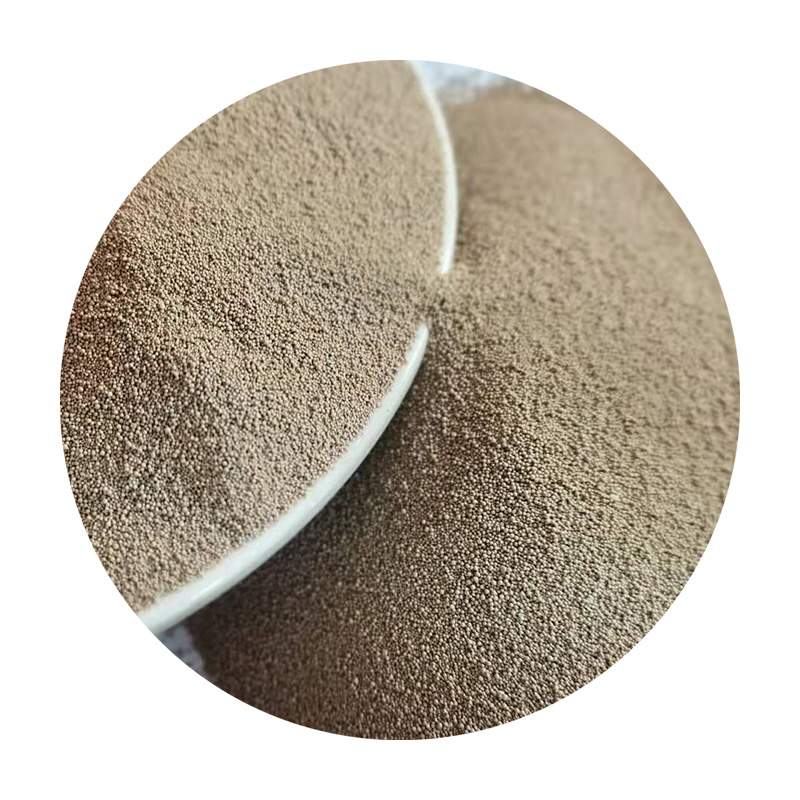

Trustworthiness in utilizing sand 3D printing comes from the reliability of the printed products. Through endurance tests and quality assessments, products produced via sand 3D printing have shown remarkable resilience and durability. In one noteworthy instance, a structural engineer noted the superior performance of 3D-printed sandstone structures in stress tests, which surpassed the expected benchmarks for traditionally cast parts. The future of sand 3D printing is set to expand even further with ongoing research dedicated to enhancing material properties and refining the printing process. Researchers are experimenting with novel binding agents and sand composites to improve the bond strength and sustainability of printed models. The pursuit of these advancements holds promise for even broader industrial applications, from aerospace to renewable energy, signifying an exciting era for additive manufacturing. Product developers and industry leaders considering the adoption of sand 3D printing should invest in specialized training and software that can simulate the printing process. This not only optimizes the current production capabilities but also positions businesses at the forefront of technological innovation. Collaborations with universities and research institutions can lead to strategic breakthroughs, solidifying a competitive edge in the market. In conclusion, sand 3D printing is more than just a technological novelty; it is an essential tool offering unmatched potential for innovation and efficiency in product manufacturing. Its ability to produce robust, complex designs quickly and cost-effectively ensures it will remain a pivotal technology for years to come. By embracing this cutting-edge method, companies can significantly enhance their production lines, driving productivity and innovation in an increasingly competitive global landscape. Post time:ਫਰ. . 08, 2025 06:02
Next:3d printed sand casting
